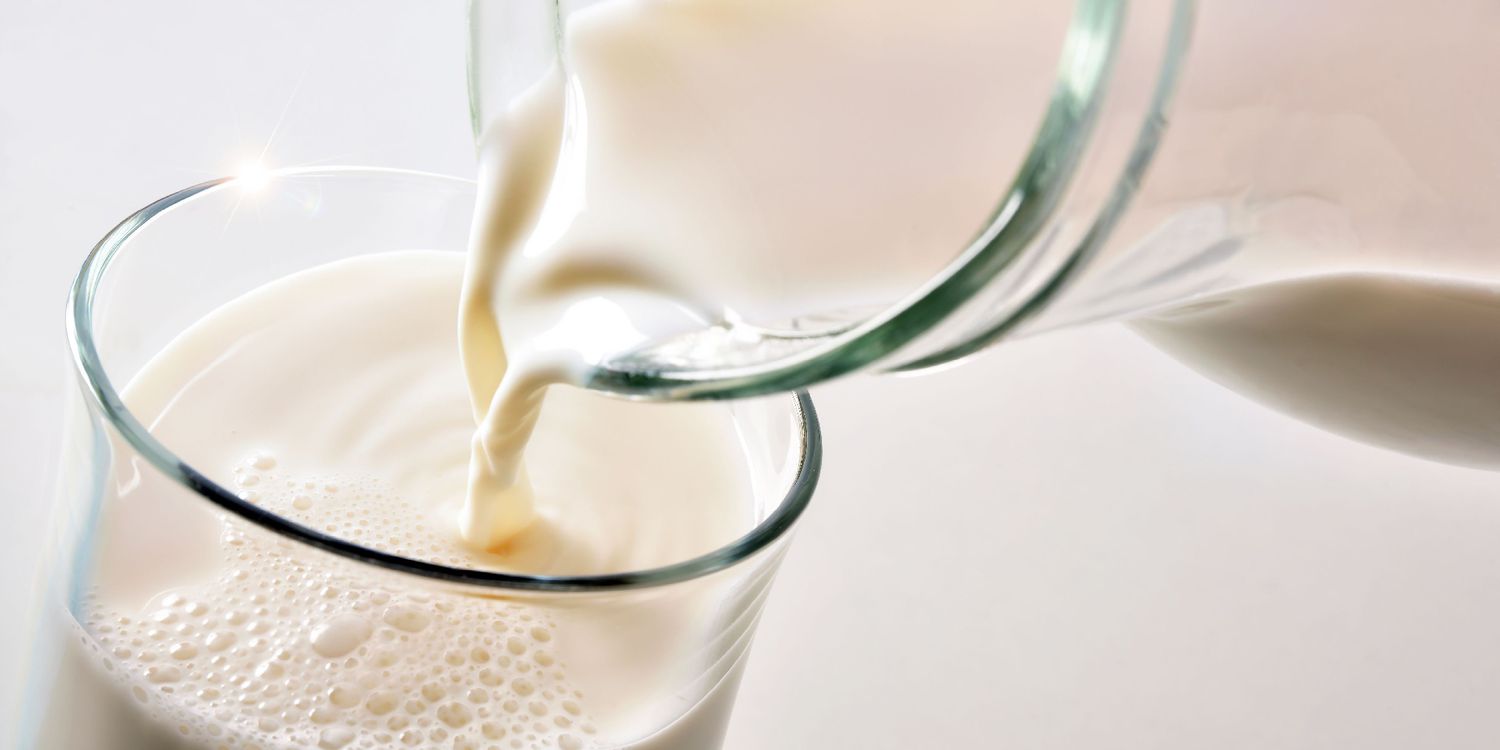Prediabetes may not sound as alarming as a diabetes diagnosis. Your blood sugar levels are elevated, sure, but they aren’t high enough to classify you as a person with type 2 diabetes. You might not even need medicine to help lower your blood sugar at this stage. But without some serious changes in your lifestyle and dietary habits, you could find yourself crossing into the diabetes range — and sooner than you think.
Indeed, a prediabetes diagnosis doesn’t mean you get to ignore the fact that you have high blood sugar levels. Consider a prediabetes diagnosis a warning call to reverse course and help your body avoid myriad health issues and complications.
The good news is, the lifestyle tweaks for those with prediabetes and people looking to get healthier overlap, so you likely know exactly what they are: add more physical activity to your day; eat a clean diet that’s rich in protein, fiber, fresh fruits, and vegetables; keep stress levels low; limit intake of sugar and refined carbohydrates; and get enough sleep.
Fortunately, for people with prediabetes, these steps not only help to lower blood sugar levels, they can set you up for a healthier way of life and stop the creep toward diabetes.

What Is Prediabetes? How Does It Differ From Diabetes?
Prediabetes is a precursor to diabetes. It is a condition that occurs when your blood sugar is elevated, but not high enough to be diabetes. In America, one in three adults has prediabetes.
Blood sugar, also known as blood glucose, is created by the foods you eat. High-carb foods, like white bread and sugar, lead to a higher spike in blood glucose levels than lower-carb foods, like meat or fresh produce. Over time, high levels of blood glucose can cause inflammation and damage to your body.
Fasting blood sugar levels can also help doctors diagnose prediabetes:
- Normal fasting blood sugar — under 100 mg/dL
- Prediabetes — 100 to 125 mg/dL
- Diabetes — above 126 mg/dL
“Diabetes is a serious endocrine disease with complications involving many organs of the body all linked by poor control of blood sugar,” says Dr. William Li, an internationally renowned medical doctor, researcher, president/founder of Angiogenesis Foundation, author of TheNew York Times bestseller Eat To Beat Disease.
What Causes Prediabetes?
Insulin is a hormone that helps your cells absorb the glucose in your bloodstream. Glucose is essential for your body. It provides energy to your cells and allows them to function normally.
“In a healthy person, insulin rises and falls based on your body’s needs,” Dr. Li says.
But if your body has too little insulin, which is what occurs in people with type 1 diabetes, cells cannot get the glucose they need. The cells will suffer without their energy source.
With type 2 diabetes, the problem is not with a lack of insulin. Rather, it is the cells’ inability to properly respond to insulin.
“The early stages of this is called ‘insulin resistance,’ and it happens during prediabetes. Although the exact reason insulin resistance occurs is not well understood, it is linked to physical inactivity, smoking, obesity, aging, and poor diet,” he says.
Some people never realize they have prediabetes until they are diagnosed with diabetes. However, an annual physical and blood test can help you and your health care provider monitor your blood glucose levels for potential issues.
Signs and Symptoms of Prediabetes
The most common signs and symptoms of prediabetes are a lot like symptoms of diabetes. If you think you have two or more symptoms of prediabetes, make an appointment to speak with a health care provider. A few simple tests can help you understand your blood sugar levels and if you need to take action to improve them.
1. You have an elevated A1C blood test.
The A1C blood test — also known as the hemoglobin A1C or HbA1c test — is a routine blood test that measures your blood sugar levels over the last three months. The test is used routinely to monitor your risk for prediabetes or diabetes.
The results of an A1C test are given as a percentage. The higher the percentage, the higher your blood sugar levels have been over the last 90 days.
- Normal: 5.7% or below
- Prediabetes: 5.7% to 6.4%
- Diabetes: above 6.5%
If you’re diagnosed with prediabetes or diabetes, your doctor will monitor your A1C several times in the year to see how well the disease is controlled.
2. You’re always thirsty.
A high thirst level could be a sign of prediabetes.
Excess blood sugar stays in the blood unused, so the kidneys have to try to get rid of it. Your body can dilute blood sugar with water, so when your body knows your blood sugar is high, it can put out a call to your brain to reach for a bottle of water.
“High blood sugar from prediabetes makes you want to drink more fluid to help dilute the sugar concentration in the body,” Dr. Li says. The result of all that water? More pee.
“People with prediabetes also experience frequent urination, called polyuria, and as a consequence the body wants to replace the lost fluid, which activates the brain’s thirst centers,” he explains. Thus, you’ll start drinking more fluids than you’d normally consume. People with polydipsia can drink up to six liters a day, which is a lot.
3. Your vision is sometimes blurry.
If you have high levels of blood glucose, as is the case in people with prediabetes, the glucose can accumulate in the lens of your eye and impact your vision.
“The accumulation in the lens of your eye may end up leading to blurry vision since light cannot pass as easily from the front of the eye to the back, where vision signals are read by the brain,” Dr. Li explains.
High sugar can cause the lens of your eye to swell too, which prevents it from focusing light to your retina, or the nerve layer that interprets light rays as vision. It’s like a camera on your phone when it can’t focus before taking a photograph.
“This is a different type of blurriness than smudged contacts lenses, which can be cleaned and re-inserted,” he explains.
4. You have to urinate frequently.
Apart from drinking more fluids due to excessive thirst, you may also see some changes with your kidney function and urine output.
“High blood sugar from prediabetes can interfere with your kidney function, which filters water from your blood and puts it into your bladder,” Dr. Li says. When your kidneys don’t work properly, you may experience the urge to pee more often than you normally would.
“High blood sugar in the urine can cause the kidneys to pull more fluid out of the blood, which results in more urine being created and delivered to the bladder where it is stored,” he explains, and it is often a sign of prediabetes: “After full blown diabetes occurs, the actual filtering mechanism of the kidney can be damaged, and then the filtration system itself begins to fail, where more water is lost as urine.”
5. You’re always hungry.
Because your body doesn’t absorb blood sugar efficiently when you have prediabetes, you don’t get as much energy from each snack or meal as you once did.
“As a result, you tend to feel unusually hungry and want to eat more,” Dr. Li says. “The lack of nutrient energy causes the brain to signal to eat more to consume more energy containing foods; however, if the cells can’t efficiently extract that energy, the hunger continues even if you’ve eaten a lot of food,” he explains.
The best way to combat this vicious cycle in prediabetes is to reverse it. Regular exercise, a healthy diet, less stress, more sleep ,and greater sense of wellbeing will help reverse prediabetes, where your cells can regain their ability to absorb blood sugar. This interrupts the cycle of polyphagia (eating frequently).
6. You’re tired a lot more than usual.
Many factors can make you feel fatigued. Life can be stressful and demanding, so feeling run down is fairly common.
However, the inefficient use of blood sugar caused by prediabetes leads to less energy and more fatigue, too. Cells depend on glucose, which is extracted from the blood, for energy. Without that glucose, your body will struggle to provide the fuel you need to carry out everyday functions.
“A well-energized cell helps muscles and organs function, but a lack of energy due to prediabetes makes cells function poorly, and this can lead to feeling fatigued,” he says.

How to Reverse Prediabetes
The best way to reverse prediabetes is with healthy lifestyle habits. Get active, and develop an exercise program to follow every day, as exercise helps the body improve blood glucose utilization and can reverse prediabetes. Follow that up with healthy food choices at all three meals and in snacks. Soon, your A1C levels may start sinking.
1. Get moving.
“For prediabetes, it is recommended that you do moderate intensity aerobic exercise at least 150 minutes per week, or about a half hour per day, with resistance training a few times a week,” Dr. Li says.
Great exercises for people with prediabetes include fast walking, swimming, biking, tennis, aerobics, and resistance training with weights, squats, and push-ups, for example.
2. Eat more plants.
Revamp your diet by increasing whole, plant-based foods, such as vegetables, legumes, and nuts.
“Eating food with high fiber feeds the gut microbiome, which produces metabolites that aid in blood sugar metabolism,” he says.
3. Create a custom diet.
Work with a nutritionist to help fine tune your diet, and in general, avoid highly processed foods, sodas, sugar sweetened coffee, fried foods, candies, and cakes — all of which put stress on your metabolism, making it harder for your body to process blood sugar.
4. Cut out stress.
You should also find ways to reduce stress, which will help cut down on the catecholamines your body produces. Catecholamines are a substance that can interfere with glucose metabolism.
“Catecholamines are stress hormones produced by the brain, nerves, and adrenal glands, which sit atop of your kidneys, and they help the body respond to stress by activating your body’s ‘fight or flight’ system,” Dr. Li says.
“Part of this response is to increase your body’s production of glucose, which raises your blood sugar, so that your body is prepared to react to the stress, but increasing blood sugar is not what you want to do in prediabetes,” Li says.
Try deep breathing, meditation, going for a walk, working out, reading a book, playing with a pet, or chatting with a friend or family member when you’re feeling tense.
Related:
- 10 Foods to Eat Every Week to Help Control Diabetes
- Relationship Between Salt and Diabetes
- Is Type 2 Diabetes Reversible? We Asked the Experts




